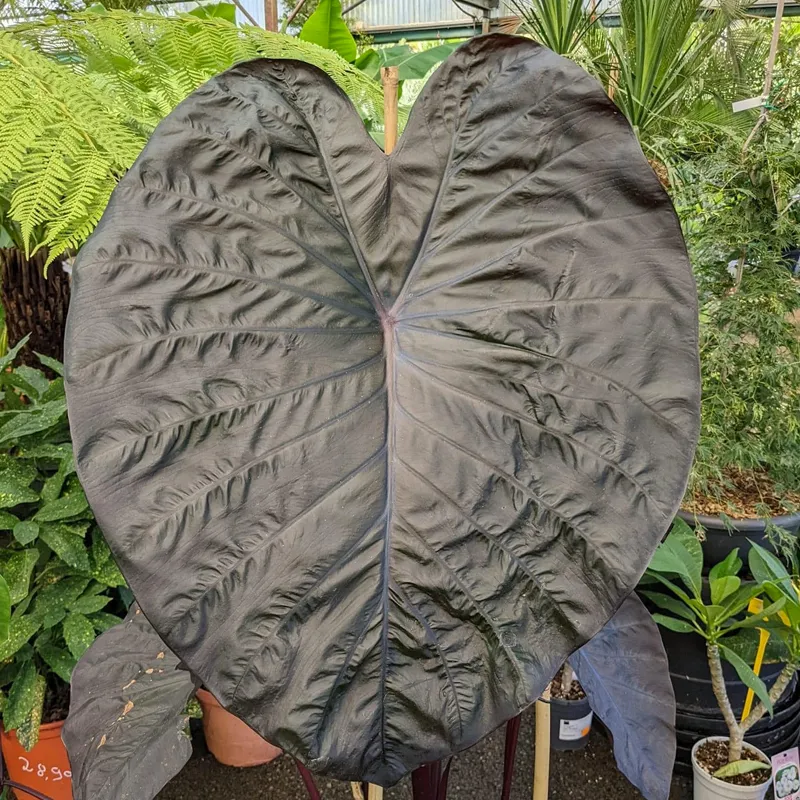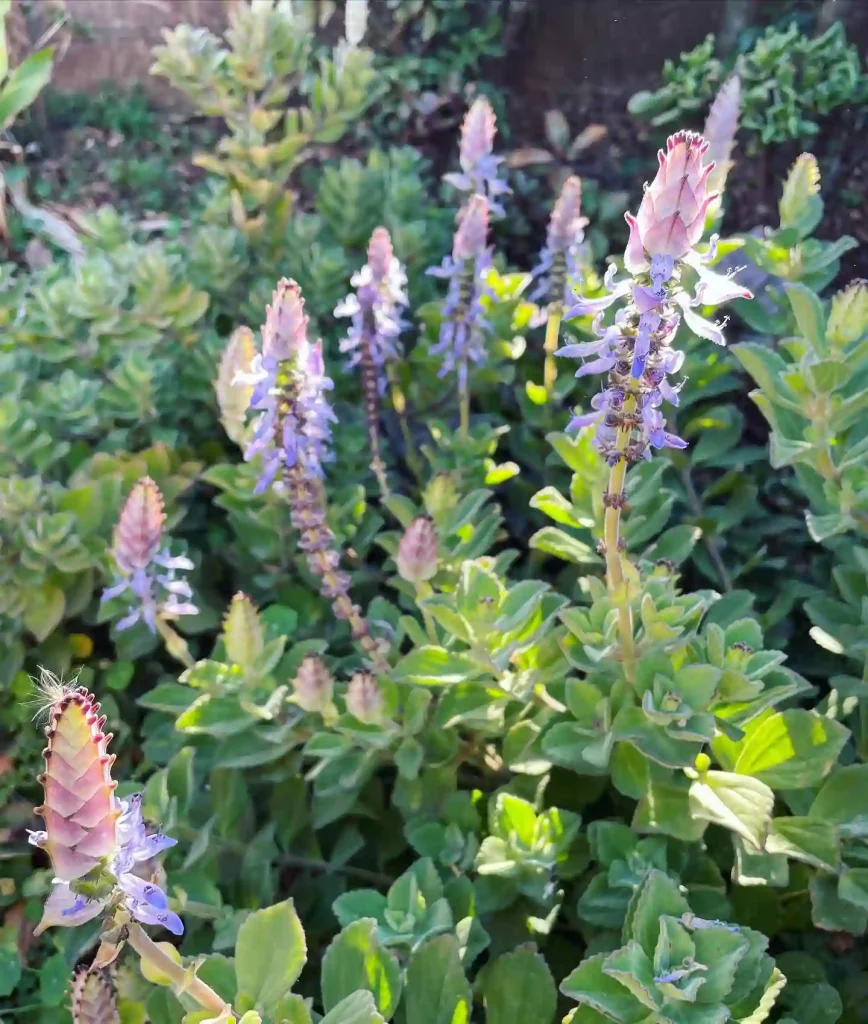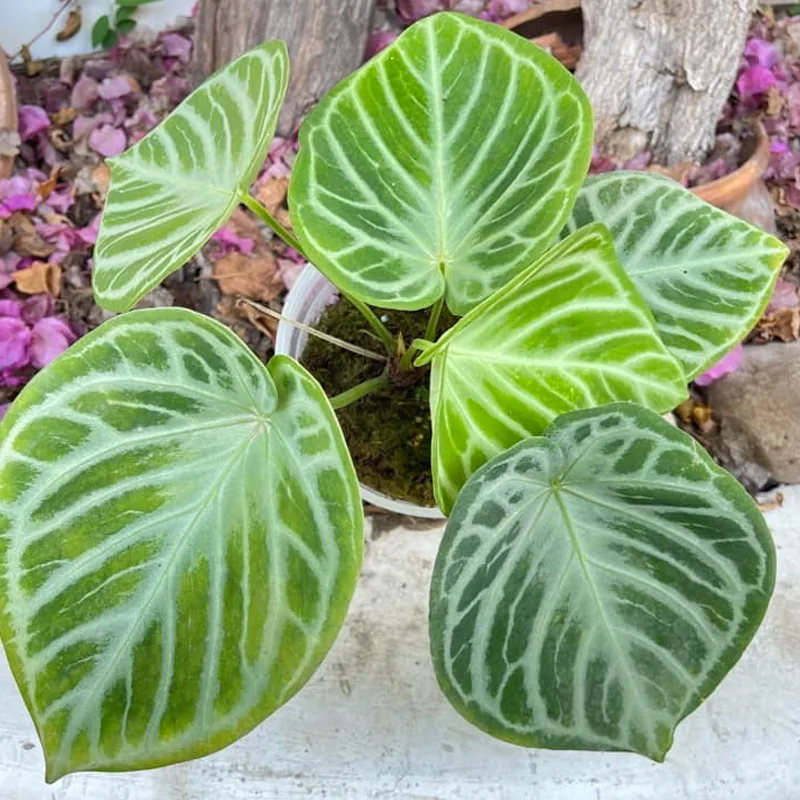Exploring the Martyniaceae Family: A Fascinating Botanical Journey
The Martyniaceae family is a captivating group of plants that I’ve always found intriguing. This family, though not widely known, offers some of the most unique and curious species in the botanical world. From their sticky seed pods to their curious adaptations, the plants in the Martyniaceae family stand out in ways that most others simply don’t. Let’s take a deep dive into the primary genera of this family: Craniolaria, Holoregmia, Ibicella, Martynia, and Proboscidea.
Craniolaria: The Helmet-like Wonder
Craniolaria is a small genus, but it’s one of those that instantly grabs your attention. I remember the first time I came across this plant—its distinctive appearance is hard to forget. The genus gets its name from its helmet-shaped fruits. These fruits are not only visually striking but also functional, designed to attach themselves to passing animals for seed dispersal. It’s an efficient strategy, allowing the plant to spread its seeds across distances it couldn’t reach otherwise.
For those interested in unusual plants with quirky features, Craniolaria should be on your radar. The seed dispersal method is not only fascinating but a testament to nature’s creativity. Plus, the plant itself adds an ornamental element to any collection.
Holoregmia: The Lesser-Known Gem
Holoregmia is not a genus you hear about often, even within the plant enthusiast community. It’s a lesser-known member of the Martyniaceae family, but its scarcity doesn’t make it any less interesting. I’ve always appreciated the quiet beauty of these plants. They don’t scream for attention like some of their flashier cousins, but they have an understated elegance that I find appealing.
This genus thrives in specific environmental conditions, making it more of a challenge to grow in typical home gardens. That said, if you’re someone who enjoys cultivating rare species, Holoregmia could be an exciting addition to your collection. I find the challenge of growing such plants rewarding, especially when you see them thrive after providing the perfect care.
Ibicella: The Sticky Trap
If there’s one genus that really stands out to me, it’s Ibicella. Known for its sticky traps, Ibicella plants produce long, slender seed pods covered in a gooey substance that attracts insects. Once an insect becomes stuck, it’s essentially doomed—the plant doesn’t eat the insect like a true carnivorous species but uses the trapped insects to protect its seeds from being eaten by herbivores.
The Ibicella lutea, in particular, is a species I’ve come across that embodies this sticky strategy perfectly. The seed pods are long and claw-like, and their ability to catch insects is both mesmerizing and eerie. It’s a perfect plant for those who appreciate a bit of the macabre in nature.
Martynia: The Clawed Seed Pods
Martynia, often referred to as the unicorn plant, is perhaps one of the most recognizable genera within the Martyniaceae family. The seed pods of Martynia are shaped like claws or horns, giving them an almost mythical appearance. I’ve always been fascinated by the way these pods curl and twist as they mature. This genus is particularly notable for its ability to spread seeds through animals as well—those claws can latch onto fur, hitching a ride across vast distances.
The Martynia annua is probably the species most gardeners are familiar with, especially those who enjoy cultivating unusual plants. It’s not just a conversation starter in the garden but also a functional piece of natural engineering. The pods have been used in traditional crafts, and their historical uses only add to the plant’s allure.
Proboscidea: The Devil’s Claw
7 Species in Genus Proboscidea
When I think of the Martyniaceae family, Proboscidea is the first genus that comes to mind. Often referred to as the Devil’s Claw, these plants produce some of the most unique seed pods I’ve ever encountered. The name “Devil’s Claw” comes from the sharp, hooked pods that split open as they mature, resembling a devilish talon. I’ve always been drawn to these kinds of dramatic plants—they have an edge, literally and figuratively.
The most well-known species in this genus is Proboscidea louisianica, which can grow in dry, arid environments. I’ve seen these plants thrive in tough conditions where other species would struggle, making them an impressive sight in any garden or natural landscape. The pods not only look fierce but also serve an important ecological role by catching onto animals for seed dispersal.
Growing Proboscidea can be a joy for those who love plants with a bit of attitude. It’s not just about the unusual appearance, though—the plant has practical uses too. Indigenous peoples have used its pods in basket weaving and other crafts, which adds an extra layer of interest for anyone looking to connect with the cultural significance of their plants.
The Martyniaceae Family’s Unique Appeal
What I love most about the Martyniaceae family is how each genus brings something different to the table. Whether it’s the sticky traps of Ibicella, the ornamental appeal of Martynia, or the fierce claws of Proboscidea, there’s always something unique to appreciate. These plants aren’t just visually striking—they have evolved with fascinating strategies for survival and reproduction, making them a great choice for any plant lover who enjoys a bit of the unusual.
Personally, I’ve found that growing plants from the Martyniaceae family adds a level of excitement to my garden. They’re the type of plants that get visitors talking, and they offer endless learning opportunities for anyone interested in botany. If you’re looking to expand your plant collection with something out of the ordinary, the Martyniaceae family is definitely worth exploring.
The diversity within this family is a reminder of how adaptable and resourceful plants can be. It’s this resourcefulness that I find most inspiring and makes me want to delve deeper into the world of unusual and rare plant species.








